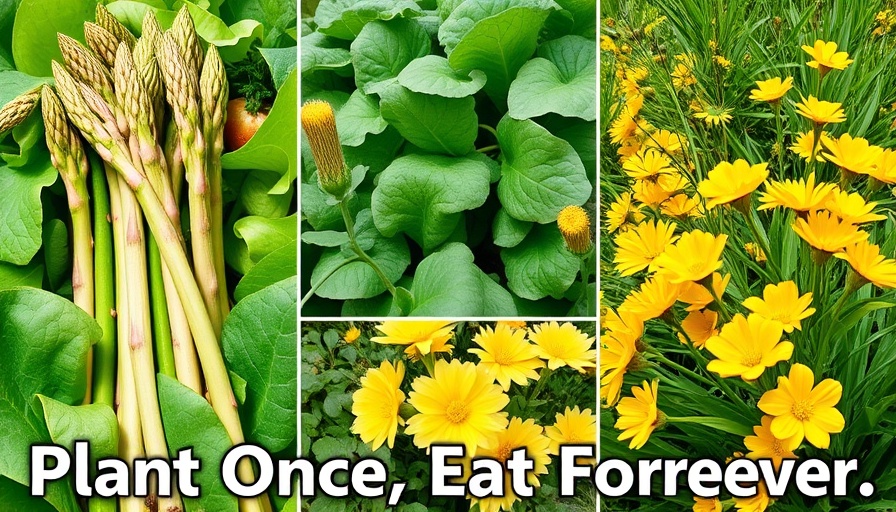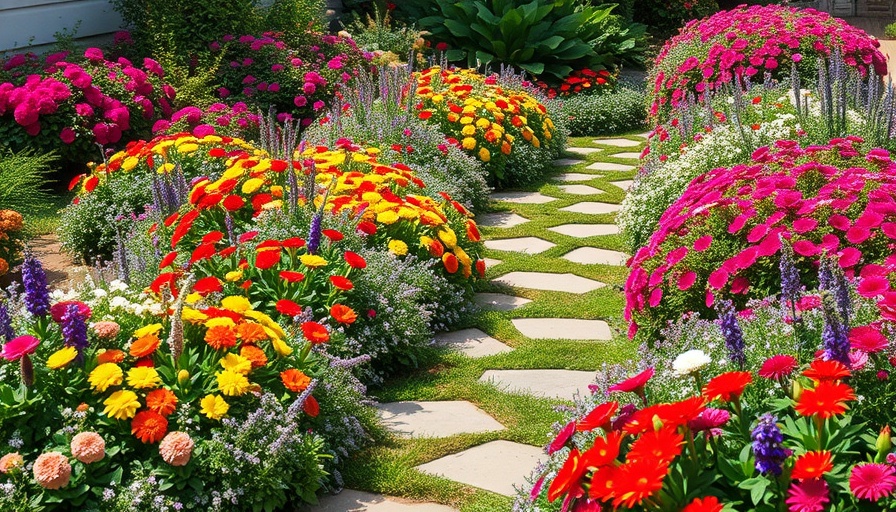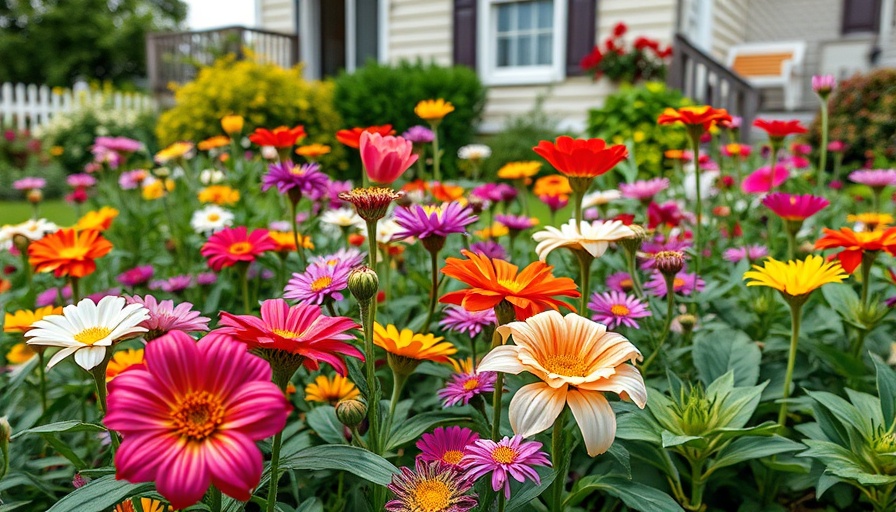
Mastering Seed Starts: A Reliable Method Every Gardener Needs
For those venturing into the world of home gardening, starting seeds efficiently is crucial to your gardening success. Whether you're growing tomatoes on your balcony or beans in your back garden, the right technique ensures that you won't waste time or money on failed starts. Explore the tried and true method that guarantees predictable results, regardless of your experience level.
In STOP Wasting Money on Failed Seeds! This Method Works EVERY Single Time, the discussion dives into effective seed starting techniques, exploring key insights that sparked deeper analysis on our end.
Understanding the Seed Starting Process
The journey of seed starting begins with a well-planned and consistent process, as demonstrated in the insightful video, STOP Wasting Money on Failed Seeds! This Method Works EVERY Single Time. In this video, a passionate gardener shows their step-by-step method, revealing how they have perfected the art of seedling production. It’s a journey of trial and error, and with each success, it becomes easier to replicate. The method hinges on preparation, organization, and proper care to avoid the common pitfalls of seedlings dying off or failing to sprout.
Why Consistency in Seed Starting Matters
Consistency is key in seed starting. By using the same trays, mixes, and techniques every time, gardeners can establish a successful routine that leads to reliable germination. For instance, starting seeds in labeled cells before covering them can prevent chaotic mix-ups, thus maximizing your planting potential. Utilizing a designated workspace also helps automate decision-making about how much seed to plant, ultimately reducing wasted seeds and resources.
Making Use of Essential Tools
The use of appropriate tools cannot be overstated. In the video, vermiculite is highlighted as a versatile medium that supports seed stability as they germinate. When growing light-sensitive seeds that shouldn’t be covered, a light sprinkling of vermiculite on top ensures those fragile seeds stay grounded and hydrated while still receiving necessary light. Similar techniques help prevent common issues, such as algae growth and washed-away seeds, which can derail even the best starting efforts.
Staying Water Wise: The Importance of Proper Moisture
Water management is another significant aspect of successful seed starting. The video emphasizes a combination of bottom watering and gentle top watering to maintain consistent moisture levels without over-saturating seedlings. With careful attention to the moisture needs of different types of plants, gardeners can avoid the problems that often arise from poor watering practices, ensuring healthier and more robust seedlings.
Creating Your Own Ideal Seed Starting Environment
Creating an ideal environment for seed starting is essential, particularly for gardeners limited on space. Metro Vancouver residents, take note: Whether you're on a balcony or have access to a small garden, consider implementing vertical gardening setups that allow you to maximize your limited outdoor area. Utilizing shelves with seed trays or even hanging planters can help you make the most of your space while nurturing your growing seedlings.
Your Next Steps: Practical Tips for Success
To ensure your gardening endeavors flourish this season, begin with planning your planting layout. Decide which crops you want to grow and do a little research on their specific needs. Following that, gather your materials: seed starting trays, seed starting mix, and vermiculite. Finally, get into the rhythm of maintaining moisture while keeping careful tabs on your seedlings as they grow. Consistency, attention to detail, and a hands-on approach will make all the difference!
As the seasons change, Metro Vancouver residents have the unique opportunity to transform their balconies and small spaces into vibrant edible gardens. Ready to embark on your gardening journey? Dive into seed starting with confidence, and let nature inspire your homegrown bounty!
 Add Row
Add Row  Add
Add 




 Add Row
Add Row  Add
Add 

Write A Comment